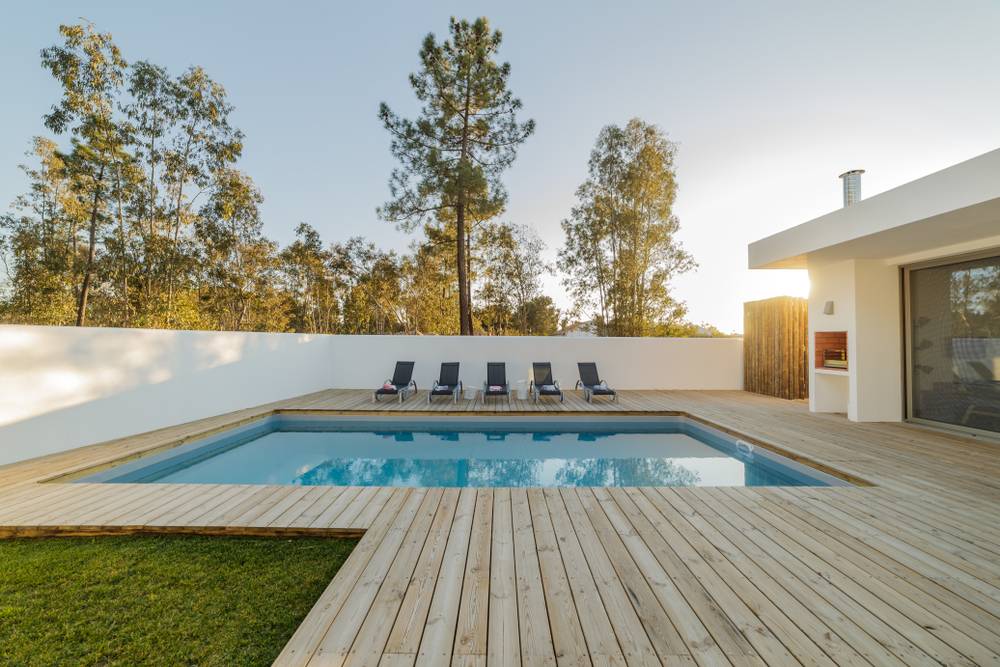Quick research says Tri-Chloro's pH is 2.9, Cal-Hypo's ph is 11.8 (and without any CYA).
The pH-values of the materials themselves are not very telling, it's more about what the involved chemical reactions do. pH is only defined in watery solutions to start with, so to give a solid substance a pH is a bit delicate. There are definitions to assign a pH to solids by adding defined amounts of a solid to defined amounts of water, for comparability. But you can't just take the average of two pH-values and say the two substances cancel each other out. pH is a logarithmic scale, the correct math is a bit more complex.
When adding trichlor to water, the dissolution process is acidic, and pH of the pool water goes down. The chlorine usage reactions turning FC into salt (like chlorine getting deactivated by UV, or chlorine oxidizing things) are also acidic, so once the added FC has been used and the FC-level is back to where it was before the trichlor addition, pH goes down even further.
When adding cal-hypo, the dissolution reaction as basic, so pH goes up a bit. But this initial pH-rise is being compensated by the following acidic process of using the chlorine, so once the FC-level is back to where it was before the cal-hypo addition, pH will also be back to where it was before. In reality, it will be a bit higher than before, because of CO2 outgassing that happened in the meantime. The same applies to all hypochlorite sources of chlorine (and chlorination with an SWG), so pH-wise, liquid chlorine behaves the same as cal-hypo.
If reducing the CYA increase by sometimes using cal-hypo instead of trichlor makes sense in your situation, depends on parameters like your current pool-water CH and TA, the CH and TA of your fill water, how much rain fall you get over the year, how much water evaporates in summer.
The discussion should really start with posting a full set of your pool water parameters, and also the CH and TA of your fill water. Ideal would be to see the trend of your CH over a couple of seasons - being a TFP member since 2011 you surely have that.
I would recommend to use liquid chlorine for chlorination, and muriatic acid for pH-control. Muriatic acid is required to control the pH-rise by CO2-outgassing, which will no longer be (over-) compensated by trichlor. Once your TA is somewhere in the 50-80ppm region, you will likely never need to add baking or washing soda ever again, and your pH might be stable enough in the higher 7-range to only require occasional muriatic acid additions.
But whatever you do, take the Mdragger88's explosion warning serious.



